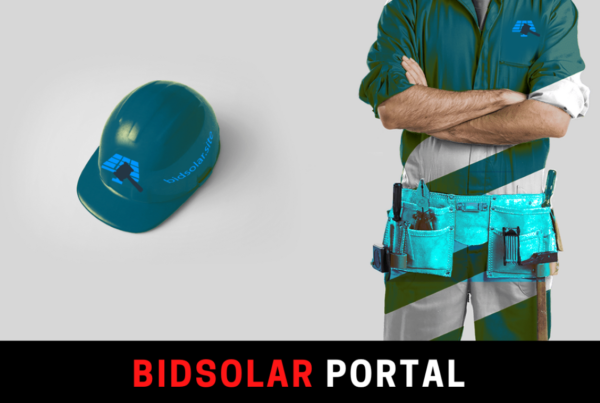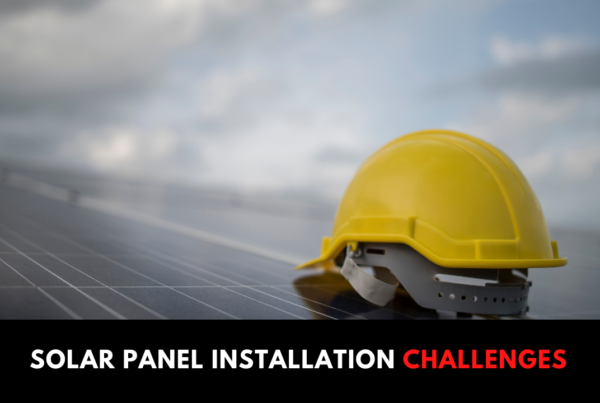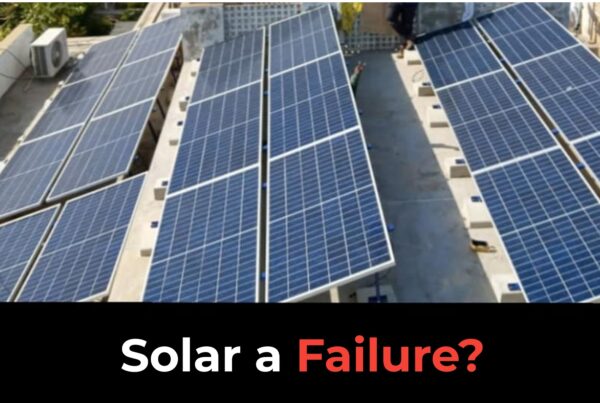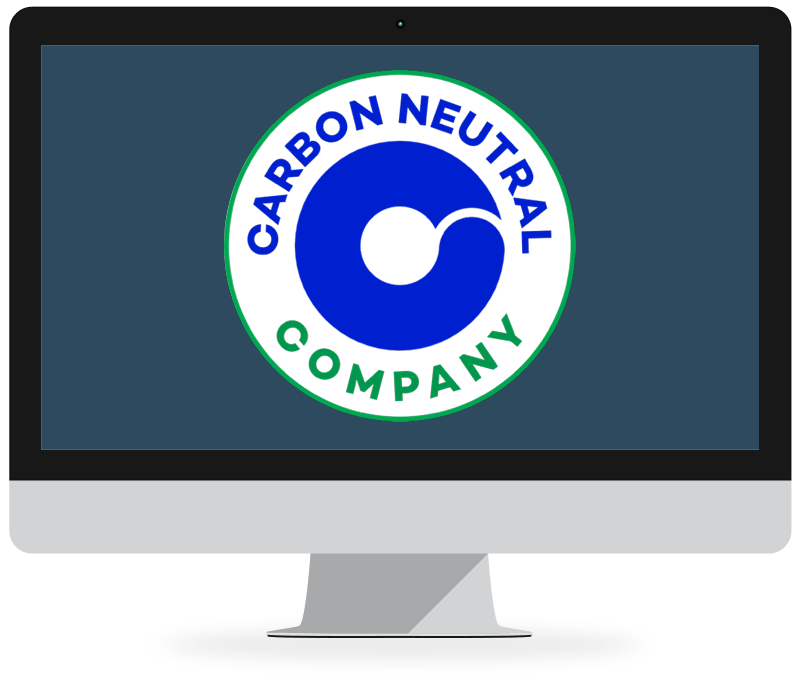The adoption of solar energy has been on the rise as a sustainable alternative to traditional sources. Integrating solar power during construction presents an enticing opportunity. In this blog post, we explore the reasons for considering solar installation during construction and the factors to ponder when making this decision.
- Maximizing Energy Efficiency: During construction, incorporating solar panels into the building design allows seamless integration of clean and renewable energy sources. Solar installations promote energy efficiency by harnessing the power of the sun and reducing dependence on fossil fuels. Daylight utilization also lowers the need for artificial lighting, leading to long-term cost savings.
- Cost-Effectiveness and Long-Term Savings: Despite the initial investment, solar installation offers significant long-term benefits. On-site electricity generation can offset energy consumption and reduce or eliminate electricity bills. Government incentives and tax credits further enhance cost-effectiveness.
- Environmental Sustainability: Solar power combats climate change and reduces carbon footprint. Opting for solar during construction demonstrates a commitment to sustainability and enhances the project’s reputation.
- Future-Proofing the Building: Integrating solar during construction prepares the building for changing energy landscapes, rising costs, and stricter regulations.
- Potential Challenges and Considerations: Factors like building orientation, shading, and structural considerations must be addressed for optimized solar energy generation. Working with experienced solar professionals and adhering to local regulations are essential.
Solar Power Integration in Architectural Projects:
- Seeking Solar Quotes with Architectural Supervision: Building owners must obtain independent solar quotes to ensure transparency and competitive pricing. This helps in selecting the best-suited solar solution for cost-effectiveness and high-quality installations.
- Budgetary Considerations with Construction Companies: Evaluate whether solar integration aligns with financial resources. Investing in solar during construction can lead to long-term financial advantages.
- Optimal Time for Solar Integration – The Grey Structure Phase: The grey structure phase is ideal for solar integration, enabling seamless incorporation without disruptions. Future additions or modifications become easier.
- Accumulating Credits through Net Metering: Solar panels during the grey structure phase generate surplus electricity, accumulating credits through net metering to offset future electricity bills.
- Time and Privacy Benefits: Solar integration during the grey structure phase minimizes inspector visits during the furnishing stage, saving time and ensuring privacy for building owners.
Precautions during Solar Installation:
- Safety Measures: Ensure proper safety gear and protocols are followed during installation to avoid accidents.
- Professional Installation: Hire experienced and certified solar installers to guarantee a secure and efficient setup.
- Quality Components: Use high-quality solar panels, inverters, and mounting systems to ensure reliability and longevity.
- Electrical Safety: Avoid working on live circuits and ensure proper grounding and wiring connections.
- Structural Integrity: Assess the building’s structure to ensure it can support the added weight of solar panels and mounting systems.
- Weather Considerations: Consider the local weather conditions and install panels securely to withstand environmental factors like wind and snow loads.
Materials and Infrastructure for Solar Energy Processing:
- Solar Panels: Photovoltaic cells in solar panels convert sunlight into electricity.
- Inverters: Convert DC electricity generated by solar panels into AC electricity for household use.
- Mounting Systems: Provide structural support and secure attachment of solar panels to rooftops or ground-mounted structures.
- Electrical Wiring: Transfers electricity from solar panels to inverters and the electrical grid.
- Batteries (optional): Used to store excess electricity for later use, commonly in off-grid or backup systems.
- Charge Controllers (optional): Regulate the charging of batteries to prevent overcharging and damage.
Factors Considered in Solar Panel Design:
- Location and Orientation: Determine the best angle and direction for solar panels to receive maximum sunlight exposure.
- Efficiency: Choose high-efficiency solar panels to generate more electricity from the available sunlight.
- Space Availability: Assess available space for solar panel installation, considering rooftop area or ground space.
- Shading: Avoid shading from trees, buildings, or other obstructions to maintain panel efficiency.
- Energy Consumption: Analyze the building’s energy needs to determine the required number of panels.
- Aesthetics: Design solar panel arrays that blend harmoniously with the building’s architecture.
Solar Panel Construction:
- Photovoltaic Cells: Solar panels consist of photovoltaic cells, typically made of silicon, that convert sunlight into electricity.
- Encapsulation: Photovoltaic cells are encapsulated between layers of glass and protective materials to shield them from environmental factors.
- Backsheet: A backsheet at the rear of the panel protects against moisture and provides electrical insulation.
- Frame: The frame provides structural support and protection for the solar panel assembly.
- Junction Box: Contains electrical connections, ensuring the proper flow of electricity from the solar panel to external wiring.
Integrating solar energy during construction offers numerous benefits, contributing to a brighter and more sustainable future. By considering the advantages and challenges, building owners can make informed decisions to harness the power of the sun. Seeking solar quotes, budget considerations, and optimal timing are crucial aspects when embracing solar installations. Together, let’s build a cleaner and greener world with solar energy.







